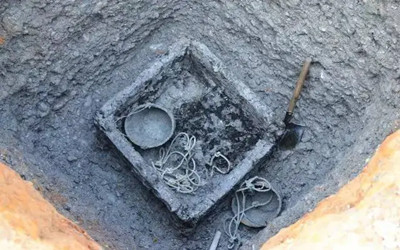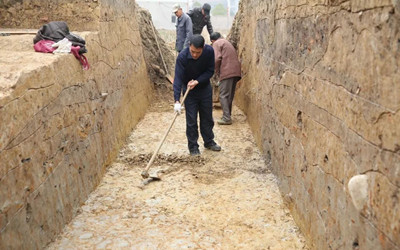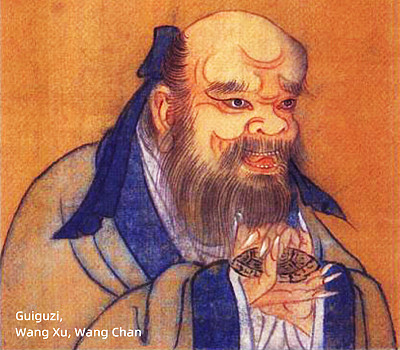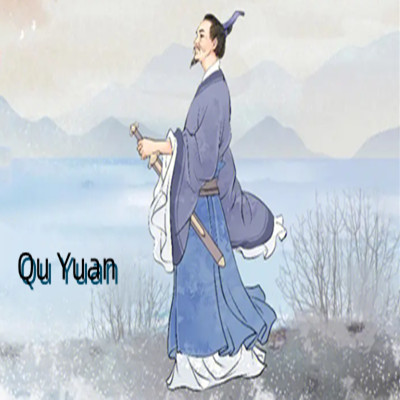Zhangjiajie is a new city, but this area has its history more than 5,000 years.
In the Neolithic, human activities began on both sides of Lishui River. In ancient times, there was a record in the official document "Shangshu Shundian" that "Emperor Shun was released Huan Dou to Chongshan". Chongshan, also known as Chong Mountain and Songliang Mountain, is the former names of Tianmen Mountain. During the Xia, Shang, and Western Zhou Dynasty, the indigenous people here were called Baipu, who once founded their state of Yong.
During the East Zhou Dynasty (770BC-256BC),In the 31st year of King Jing of the Zhou Dynasty (489 BC), Bai Sheng sent his retainer Shi Qi to build the city on the bank of ling River,a branch of Lishui River. Therefore, it was named Baigong Town, capital of Bai County in the East Zhou Dynasty. From this time, the area of today's Zhangjiajie was under the Chu State, and more and more Chu people moved to Zhangjiajie to live together with Baipu People.


The relic of ancient Baigong Town in today's Cili County during the East Zhou Dynasty
During the Spring and Autumn Period & the Warring States period(256BC-221BC)) , the area of today's Zhangjiajie was under the jurisdiction of the Chu State, and today's Tianmen Mountain was named Yunmeng Mountain during this period. Guiguzi went to Yunmeng Mountain for his seclusion in the Guigu Valley. After mnay years. Guiguzi became a famous strategist who was not only the master of the art of war but also the founder of the School of Diplomacy of Hundred Schools of Thought. As a saying, Qu Yuan, born in the Chu State, the first poet in the Chinese history, once visited the area of today's Zhangjiajie.


During the Qin Dynsty (221 BC-208 BC), after the Empeor Yingzheng, known as Qin Shihuang (the first emperor), unified the six kingdoms, he divided the whole country into 36 Commanderies, as well as 72 counties. At that time, the area of Zhangjiajie belonged to Qianzhong Commandery, which was the first administrative region in Hunan, earlier than Changsha, the provincial capital. The jurisdiction of Qianzhong Commandery included Cigu County (located in Taiping Village, Jiangjiaping Township, Cili today), Sangzhi County and Dayong County (Yongding District today), Shimen County, Anxiang County, Lixian County, Jinshi City, Linli County, as well as public security and Hefeng counties in Hubei Province and part of Taoyuan County in Hunan Province.
During the Han Dynasty(208 BC-226), During the Western Han Dynasty, in addition to the establishment of prefectures and counties in local areas, a system of interlocking counties and states was also implemented. In the fifth year of Emperor Gaozu of the Han Dynasty (202 BC), when Liu Bang was in power, he ordered that Qianzhong Commandery be divided into Wuling County, and Cigu County into Lingyang County and Chong County (including Yongding, Wulingyuan and Sangzhi County). During the Western Han Dynasty, Lingyang County was set to govern most of today's Zhangjiajie, belonging to Wuling County. The county seat is Baigong City, three miles east of today's Cili County, which is named because it is in the north of the Lingyang River.
During the Three Kingdoms Period, the area of today's Zhangjiajie was under the jurisdiction of the Wu Kingdom, and Chongshan Mountain was called as Songliang Mountain. In the sixth year of Yong'an (263 AD), Emperor Wu Jingdi, named Sun Xiu, got news that the Songliang Mountain opened a cave wide and bright like a door. He thought it was auspicious and changed Songliang Mountain to Tianmen Mountain, while also changing Wuling County to Tianmen County.
During the Tang Dynasty (618-907), the country was reorganized into ten roads. In the fourth year of Wude (621), Emperor Gaozu Li Yuan ordered the establishment of Lizhou (Li Prefecture) and Liyang County, which belonged to Shannan Road and governed six counties. Cili and Chongyi County (now Yongding, Wulingyuan District and Sangzhi County) were under its jurisdiction.
During the Five Dynasties & Ten Kingdoms period period (907-960), the whole area of Zhangjiajie was under the jurisdiction of the Chu State.
During the Song Dynasty(960-1127), in order to strengthen Centralisation, the Song Dynasty adjusted the country to 23 Roads, under which there were governments, prefectures and armies. In the first year of Emperor Qiande's reign (963), Emperor SOng Taizu ordered that the whole territory of today's Zhangjiajie City should be included in Liyang County, called Cili County, and Anfu Village should be set up in today's Sangzhi County, Wukou Village should be set up in today's Yongding District, and Suokou Village should be set up in Wulingyuan District.
During the Yuan Dynasty(1127-1368), eleven provinces were set up in the country, and Kublai Khan Khan, the Emperor Shizu of the Yuan Dynasty, ordered that in the 14th year of the Zhiyuan era (1277), four counties under the jurisdiction of the Lizhou Road General Administration Office (Cili is one of them, that is, the whole territory of today's Zhangjiajie) should be set up, and Marshal Mao Gang Du's Office should be set up in Maogang, Yongding District.
During the Ming Dynasty(1368-1644), the dynasty abolished the administrative Zhongshu province of the Yuan Dynasty, set up 13 commissioners throughout the country, and implemented civil and financial management at the provincial level. In the second year of the Emperor Hongwu reign of the Ming Dynasty (1369), Cili Prefecture was demoted to Dayong County, under the jurisdiction of Lizhou Prefecture.
During the Qing Dynasty(1644-1911), 23 provinces were established throughout the country, including prefectures and counties. In the eighth year of Emperor Yongzheng's reign in the Qing Dynasty (1730), Sangzhi and Maogang Chieftain successively changed the soil to flow back, and upgraded Lizhou into a prefecture directly under the Central Government, governing Anxiang, Shimen, Cili and other four counties. At the same time, Yongding and Jiuxi ( today's Jiangya Town of Cili County) were abolished, and Anfu County was newly established (now Yongding, Wulingyuan District and Cili, Sangzhi were Anfu County at that time).
During the Republic of China period( 1911-1949), three roads and sixty counties were first established under the province, and then the "Office of Administrative Inspectors and Commissioners" was abolished. In the fifth year of the Republic of China (1916), Hunan Province abolished Wuling Road and put Dayong, Sangzhi and Cili County under Chenyuan Road. Hunan Province has been reorganized into 10 administrative supervision districts, with Dayong and Sangzhi belonging to the Fourth Supervision District and the Commissioner's Office located in Changde. In 1928, He Long led 3000 people up-rising in Sangzhi County,and he founded a branch of Chinese Red Arm in 1930s.
During the People's Republic of China(1949---), in 1949, the new China was founded and Zhangjiajie was liberated. On May 24, 1985, with the approval of the State Council, Dayong County was abolished and Dayong City (county-level) was established, with the administrative area of the original Dayong County as the administrative area of Dayong City. On May 18, 1988, with the approval of the State Council, Dayong City was upgraded to a Prefecture-level city, Yongding District and Wulingyuan District were established, and Cili County of Changde City and Sangzhi County of Xiangxi Tujia and Miao Autonomous Prefecture were included in Dayong City [60]. On April 4, 1994, approved by the State Council, Dayong City was renamed Zhangjiajie City
